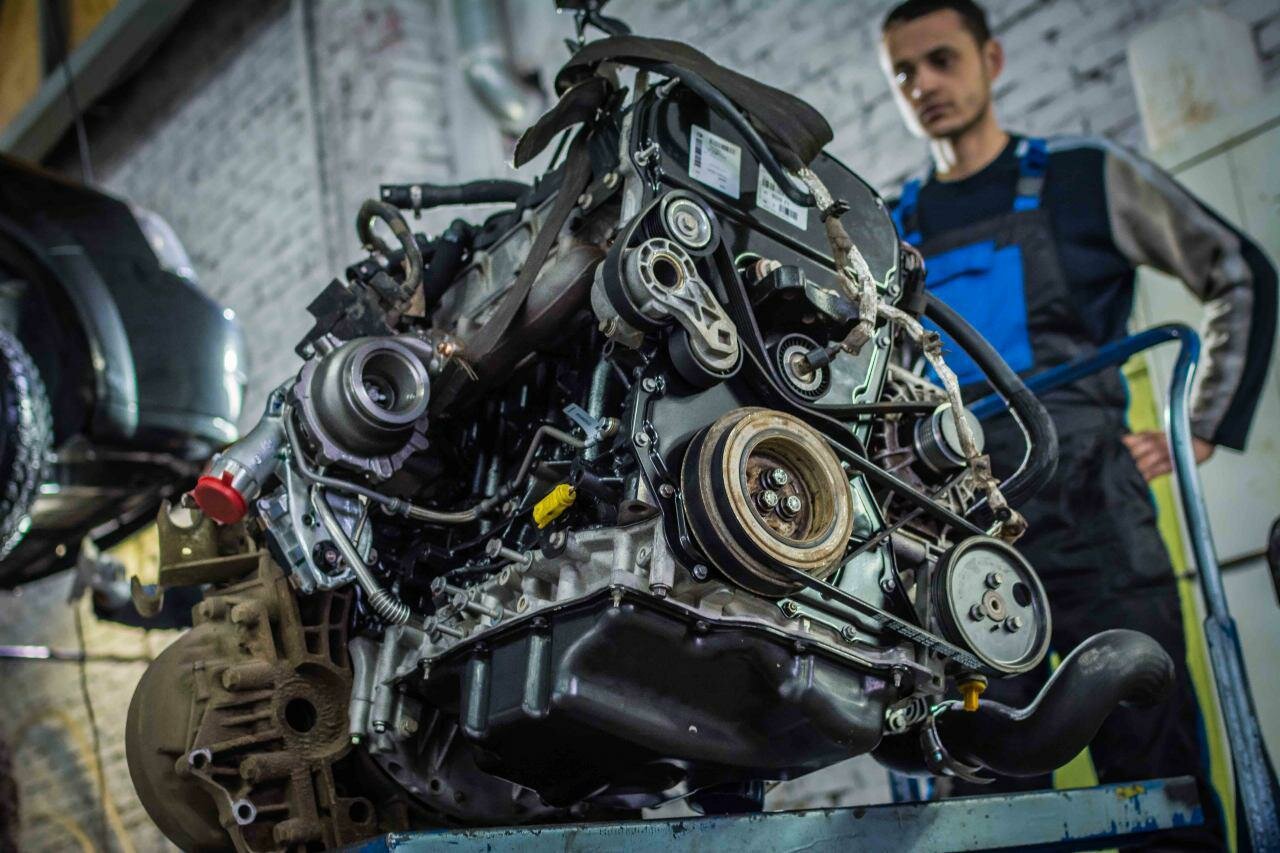Chevy 3.6 VVT Engine: An Overview
A Brief History
The Chevy 3.6 VVT (Variable Valve Timing) engine, part of General Motors’ family of V6 engines, has been a staple in various Chevrolet models since its debut in the mid-2000s. Designed to offer a balance between performance and fuel efficiency, this engine has powered a range of vehicles, from sedans to SUVs. Its architecture is based on a DOHC (Dual Overhead Cam) design, which allows for better airflow and improved performance. The introduction of VVT technology aimed to enhance engine responsiveness and efficiency, making it a popular choice for drivers seeking a blend of power and economy.
Over the years, the 3.6 VVT engine has undergone several revisions and updates, with improvements in power output and fuel efficiency. It has found its way into numerous models, including the Chevrolet Malibu, Impala, Traverse, and Camaro, among others. While the engine has been praised for its smooth operation and decent horsepower ratings, it has not been without its share of problems.
As with any engine, the 3.6 VVT has its vulnerabilities, and many owners have reported issues that can lead to significant performance degradation and costly repairs. Understanding these problems is crucial for current and prospective owners, as they can impact not only the vehicle’s reliability but also its safety. This article will delve into the common issues associated with the Chevy 3.6 VVT engine, providing a straightforward examination of what owners may face and how to address these concerns effectively.
Common Problems with the Chevy 3.6 VVT Engine
The Chevy 3.6 VVT engine, while generally reliable, has been reported to experience several significant issues that can affect its performance and longevity. Understanding these problems is essential for owners and potential buyers alike. Below are some of the most common issues associated with this engine.
1. Timing Chain Issues
One of the most serious problems with the 3.6 VVT engine is related to the timing chain. Unlike timing belts, which are often replaced at specific intervals, timing chains are designed to last the life of the engine. However, many owners have reported premature wear and failure of the timing chain, leading to catastrophic engine damage.
-Symptoms of Timing Chain Problems:
– Rattling noise from the engine, especially on startup.
– Check Engine light illumination.
– Engine misfires or rough idling.
2. Oil Consumption
Excessive oil consumption is another prevalent issue with the Chevy 3.6 VVT engine. Many owners have noted that their engines consume oil at an alarming rate, which can lead to low oil levels and potential engine damage if not monitored closely.
-Symptoms of Oil Consumption Issues:
– Frequent need for oil top-offs.
– Blue smoke from the exhaust.
– Oil warning light activation.
3. Water Pump Failures
The water pump in the 3.6 VVT engine is known to fail prematurely, which can lead to overheating and severe engine damage. This issue is often exacerbated by the engine’s design, which places the water pump in a location that makes it difficult to access for replacement.
-Symptoms of Water Pump Failure:
– Overheating engine.
– Coolant leaks under the vehicle.
– Whining noise from the engine bay.
4. Fuel Injector Problems
Fuel injector issues can lead to poor engine performance, reduced fuel efficiency, and increased emissions. Clogged or malfunctioning injectors can cause rough idling and stalling.
-Symptoms of Fuel Injector Problems:
– Decreased fuel economy.
– Engine stalling or hesitation during acceleration.
– Rough idling.
5. Cylinder Head Cracking
Some owners have reported issues with cylinder head cracking, which can lead to coolant leaks and engine overheating. This problem is often a result of prolonged overheating or poor maintenance.
-Symptoms of Cylinder Head Cracking:
– Overheating engine.
– Coolant mixing with engine oil.
– White smoke from the exhaust.
Symptoms and Consequences Table
| Problem | Symptoms | Consequences |
|---|---|---|
| Timing Chain Issues | Rattling noise, Check Engine light, misfires | Catastrophic engine failure |
| Oil Consumption | Frequent oil top-offs, blue smoke, oil warning light | Engine damage due to low oil levels |
| Water Pump Failures | Overheating, coolant leaks, whining noise | Severe engine damage from overheating |
| Fuel Injector Problems | Decreased fuel economy, stalling, rough idling | Poor engine performance and increased emissions |
| Cylinder Head Cracking | Overheating, coolant mixing with oil, white smoke | Major engine repairs or replacement |
Top views |
|
|---|---|
 |
Oil, Timing Chains, Pistons: What Really Kills an Engine Prematurely? |
 |
How to Choose a Car with a Reliable Engine: Used Car Market Hacks That Actually Work |
Conclusion
The Chevy 3.6 VVT engine has its share of problems that can lead to significant performance issues and costly repairs. Awareness of these common problems, along with their symptoms and consequences, is crucial for maintaining the engine’s reliability and ensuring the safety of the vehicle. Regular maintenance and prompt attention to any warning signs can help mitigate some of these issues, but potential buyers should remain vigilant when considering a vehicle equipped with this engine.




0 Comments